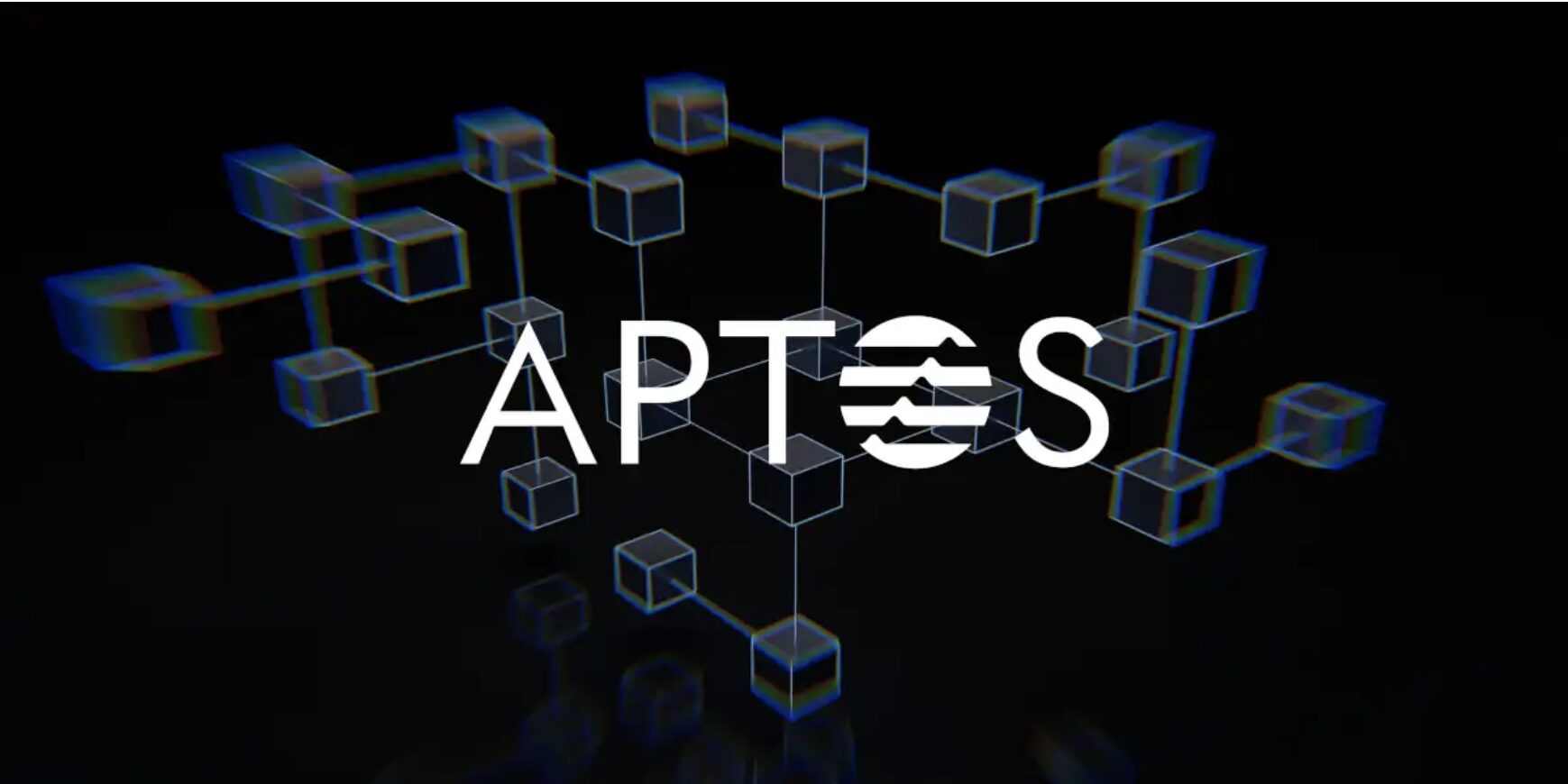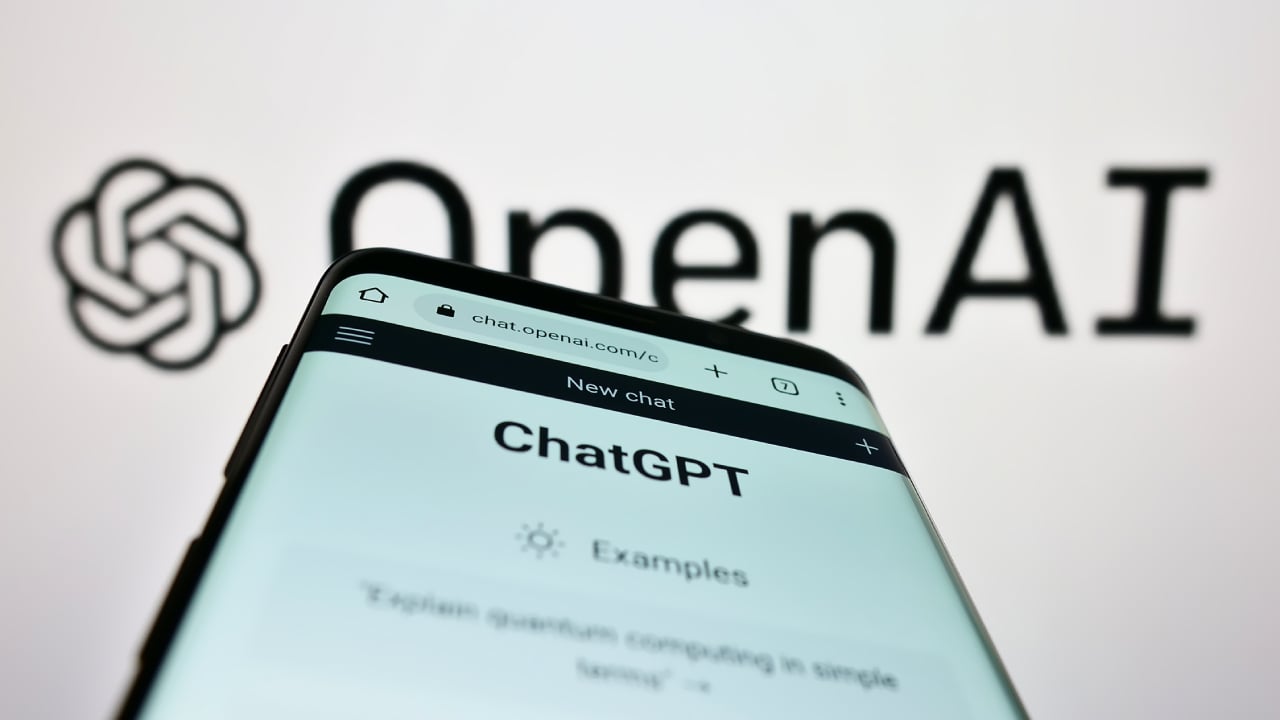Imagine having to do away with “big sharks” like brokers, banks or complicated order books when trading your digital assets. A situation where you can seamlessly trade any crypto asset without having to worry about buyer or seller rates because it is automated. This exactly and more is exactly what automated market makers (AMMs) do.
The automated market maker (AMM) empowers decentralized exchanges (DEXs) using smart contracts and liquidity pools to make users experience while trading digital assets seamless and efficient. This game-changing innovation removes the barrier of centralized finance, allowing experienced traders, businesses or new traders to swap their tokens, provide liquidity, and even earn passive income without relying on a middleman.
Additionally, AMMs offer traders a simple, transparent, and automated alternative to complex trading charts or hidden trading fees that they might encounter while trading on decentralized exchange platforms.
In this article, we will examine what AMMs are, how this technology works, the role they play in liquidity and DeFi, and the future of AMMs.
What are Automated Market Makers?
Automated Market Makers (AMMs) allow traders to purchase and sell certain coins. They use an algorithm that dictates how costly something ought to be based on the amount of it. AMMs automatically adjust prices based on supply and demand. Unlike traditional market makers, who manually set bid and ask prices, AMMs use mathematical formulas to determine the price of a token in real-time. This allows for continuous, decentralized trading, even in markets with low liquidity.
Popular AMM protocols like Uniswap, Curve, and Balancer, which have adopted the use of this technology, have simplified crypto trading by making it more accessible, efficient, and transparent, allowing anyone to participate as a trader or liquidity provider without needing a financial institution.
Scenario 1
Imagine you’re at a lemonade stand that runs on an automated pricing system. At the start, the price per cup is $1. If people start buying lemonade rapidly, the system detects a decrease in supply and automatically raises the price—$1.20, then $1.50—making each additional cup more expensive as demand increases. On the other hand, if customers start bringing in extra lemons to stock up the stand, the price per cup begins to drop—$0.90, then $0.75—because there is now more lemonade available.
Instead of human intervention in price determination, automated market makers use algorithmic mechanisms to balance asset supplies within liquidity pools. When a token swap occurs, the underlying algorithm dynamically adjusts pricing based on the remaining quantities of assets in the pool. This approach enables seamless, continuous trading without requiring the simultaneous presence of specific buyers and sellers at the exact moment of the transaction.
How do Automated Market Makers work?
1. AMMs connect traders with liquidity providers

Think of a liquidity pool like a big pot of tokens locked in a smart contract. These tokens are provided by users called liquidity providers (LPs), who deposit equal values of two different tokens (e.g., ETH and USDT). When someone wants to trade, they take tokens from the pool and add others in return. This keeps the system running smoothly. In exchange, LPs earn a share of the trading fees paid by users.
2. AMM Determines Prices using Algorithms
AMMs use algorithms to adjust token prices automatically based on supply and demand. The most common pricing formula is:
x∗y=kx * y = kx∗y=k
- ‘x’ = The amount of one token in the pool
- ‘y’ = The amount of the other token in the pool
- ‘k’ = A constant value that never changes
When a trader swaps one token for another, the algorithm adjusts the price. The more token people buy, the more expensive it becomes because there is less of it left. The more they add to the pool, the cheaper it gets because supply increases.
Different AMM Models
Not all Automated Market Makers (AMMs) function identically. Different models are engineered to address specific challenges in decentralized trading, such as reducing transaction costs and minimizing price slippage. Here are the primary AMM variants:
- Constant Product Market Maker (CPMM): Pioneered by Uniswap, this represents the most widespread AMM model, operating on the fundamental x * y = k mathematical formula.
- Constant Sum Market Maker (CSMM): theoretically provides zero price slippage but lacks practical applicability in real-world trading scenarios.
- Constant Mean Market Maker (CMMM): Implemented by Balancer, this innovative approach enables multi-token liquidity pools beyond traditional two-token configurations.
- Hybrid Models: Exemplified by Curve Finance, these specialized models are optimized for stablecoin exchanges, ensuring minimal price variations during transactions.
Advantages of AMMs in DeFi
Automated Market Makers (AMMs) have transformed decentralized finance (DeFi) by creating faster, more accessible, and completely decentralized trading mechanisms.
Unlike traditional exchanges dependent on order books and intermediaries, AMMs leverage smart contracts and liquidity pools to facilitate seamless transactions. Here are the core advantages of AMMs in DeFi, supported by practical examples:
1. No Need for Intermediaries (Truly Decentralized Trading)
Centralized exchanges like Coinbase and Binance require a central authority to match buy and sell orders. AMMs remove this requirement, enabling users to trade directly from their wallets without third-party involvement.
Example: On Uniswap, users can instantly swap ETH for USDC without waiting for exchange approval.
2. Always Available Liquidity
By utilizing liquidity pools instead of traditional order books, AMMs ensure trading can occur at any time, even without an immediate counterparty.
Example: Trading DAI for USDT on Curve Finance becomes possible without waiting for a specific buyer or seller—the liquidity pool guarantees token availability.
3. Anyone Can Be a Market Maker and Earn Passive Income
While professional market-making was previously restricted to firms, AMMs democratize this process. Users can provide liquidity and earn rewards by depositing assets into pools and receiving a share of trading fees.
Example: Adding ETH and USDC to Balancer generates fees from each trade in that pool, with some offering additional governance token incentives.
4. Lower Barriers to Entry
AMMs enable universal DeFi participation, regardless of trading experience. Users can swap tokens, provide liquidity, or earn fees without advanced trading knowledge.
Example: PancakeSwap allows beginners to trade BNB for CAKE with minimal complexity easily.
5. Permissionless and Global Access
Operating on blockchains like Ethereum and Binance Smart Chain, AMMs provide unrestricted access to anyone with an internet connection, transcending traditional financial limitations. Example: SushiSwap offers trading opportunities for individuals in regions with restrictive banking regulations.
Future of AMMs and their Impact on DeFi in 2025
As of February 2025, Automated Market Makers (AMMs) have played a pivotal role in driving the Decentralized Finance (DeFi) sector’s remarkable expansion. The Total Value Locked (TVL) in DeFi platforms serves as a compelling indicator of this growth trajectory.

Market research reveals that the DeFi market size reached approximately $51.73 billion in 2025, and an anticipated surge to $87.09 billion by 2030. This represents a robust Compound Annual Growth Rate (CAGR) of 10.98% throughout the forecast period.
The sector’s substantial growth can be primarily attributed to significant advancements in AMM protocols. These innovations have focused on enhancing capital efficiency, integrating Layer 2 scaling solutions, and expanding cross-chain compatibility. Such technological improvements have successfully attracted more liquidity providers and traders to DeFi platforms, consequently increasing the Total Value Locked (TVL) and overall market capitalization.
Furthermore, the ongoing diversification of assets within AMM platforms—including the innovative tokenization of real-world assets—has substantially broadened the DeFi ecosystem’s scope and potential. Continuous innovation in AMM models and the development of sophisticated risk management tools have been instrumental in building investor confidence and propelling the sustained growth of decentralized financial technologies.
Conclusion
Automated Market Makers (AMMs) have fundamentally reshaped Decentralized Finance (DeFi) by creating more accessible, efficient, and decentralized trading mechanisms. Their evolutionary trajectory has extended far beyond basic liquidity pools, now incorporating capital-efficient models, Layer 2 scaling, cross-chain interoperability, and real-world asset tokenization.
These technological advancements have significantly boosted liquidity, reduced transaction costs, and improved sophisticated risk management strategies, rendering DeFi increasingly compelling for both retail and institutional investors.
With the DeFi market projected to surpass $50 billion by 2030, AMMs are poised to continue driving substantial market growth by enabling faster, more cost-effective, and increasingly diverse financial products.
As emerging technologies continue to develop, the ecosystem can anticipate enhanced levels of automation, more robust security protocols, and increasingly intelligent trading strategies, further cementing AMMs as the critical infrastructure powering decentralized financial innovation.






